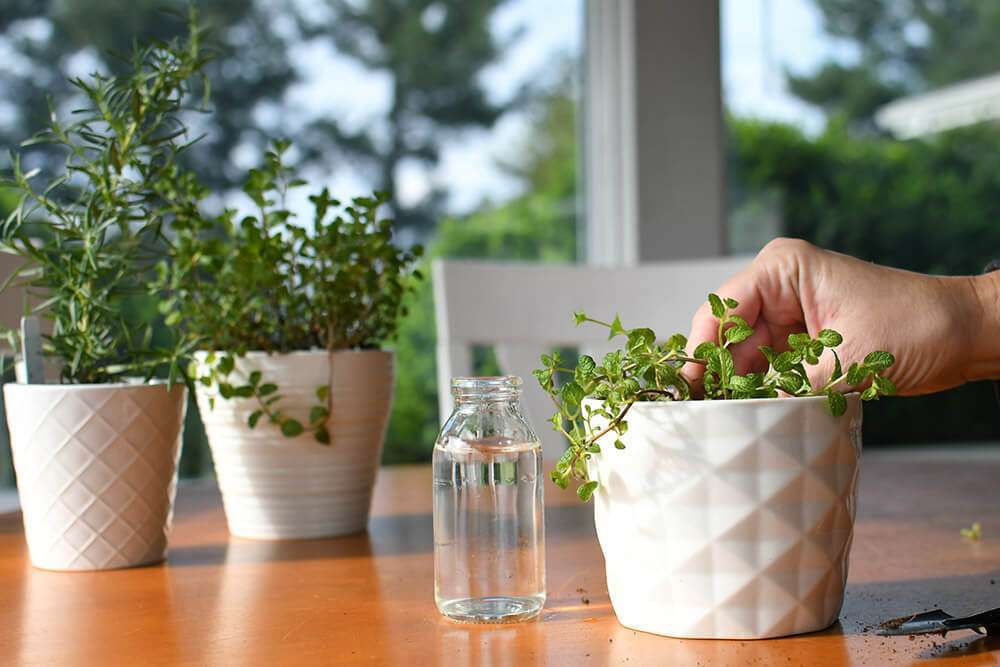
Caring for culinary plants at home is not difficult, but it does require some attention and consistency. By following a few essential steps, you can ensure that your herbs and spices grow strong and healthy.
1. Provide Enough Sunlight
Sunlight is one of the most important factors in plant growth. Most culinary plants, such as basil, thyme, and oregano, need at least 4-6 hours of direct sunlight each day. If your home does not get enough natural light, you can use LED grow lights to help your plants thrive. South-facing windows are usually the best spots for sunlight exposure.
2. Water Properly
Overwatering is one of the most common mistakes when growing herbs indoors. Too much water can cause root rot, while too little can dry out the plant. The best way to check if your plant needs water is to touch the soil. If the top inch feels dry, it’s time to water. Use a pot with drainage holes to prevent excess water from accumulating.
3. Use High-Quality Soil
Choosing the right soil is crucial for plant health. Culinary plants need well-draining, nutrient-rich soil. Regular garden soil can be too heavy for potted plants, so it’s best to use a lightweight potting mix. Adding compost or organic fertilizer can also help provide essential nutrients.
4. Trim and Harvest Regularly
Regularly trimming your herbs helps them grow bushier and prevents them from becoming too tall and weak. When you remove old leaves, new ones will grow more quickly. Harvesting frequently also ensures that the plant remains productive for a longer time.
5. Watch for Pests and Diseases
Even indoor plants can attract pests like aphids, spider mites, and fungus gnats. Check your plants regularly for any signs of insects or disease. If you notice pests, try rinsing the leaves with water or using a natural insecticide like neem oil.
6. Choose the Right Pot Size
Using the right pot size helps your plant develop a strong root system. If a pot is too small, the roots may become crowded, preventing growth. If a pot is too large, excess soil can hold too much moisture, leading to root rot.
7. Maintain Proper Humidity and Temperature
Culinary plants generally prefer a temperature range of 60–75°F (15–24°C). If your home has dry air, especially in winter, consider using a humidifier or placing a small dish of water near the plants to increase humidity.
By following these steps, you can keep your culinary plants healthy and productive, ensuring a fresh supply of herbs for your cooking year-round.
